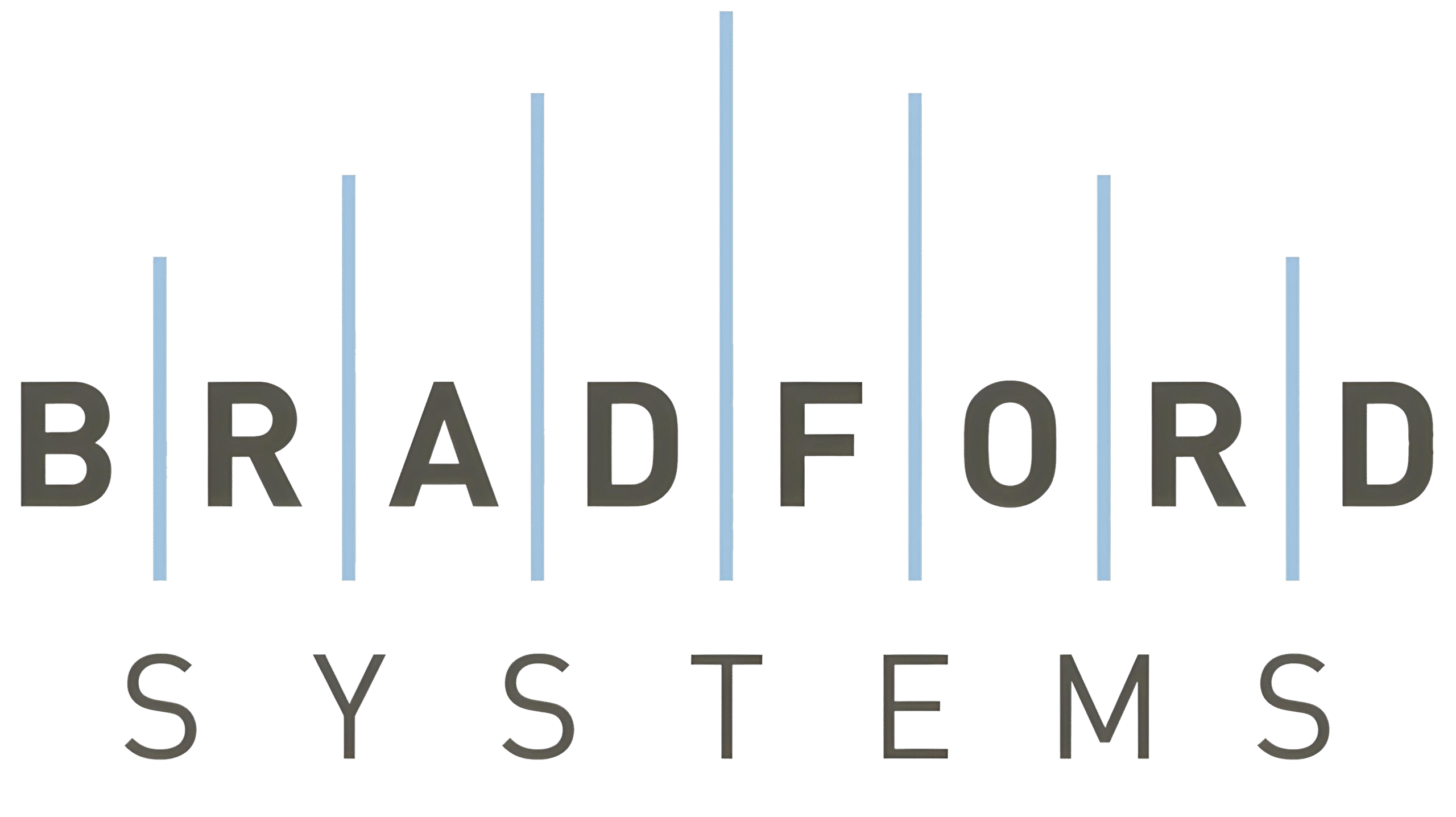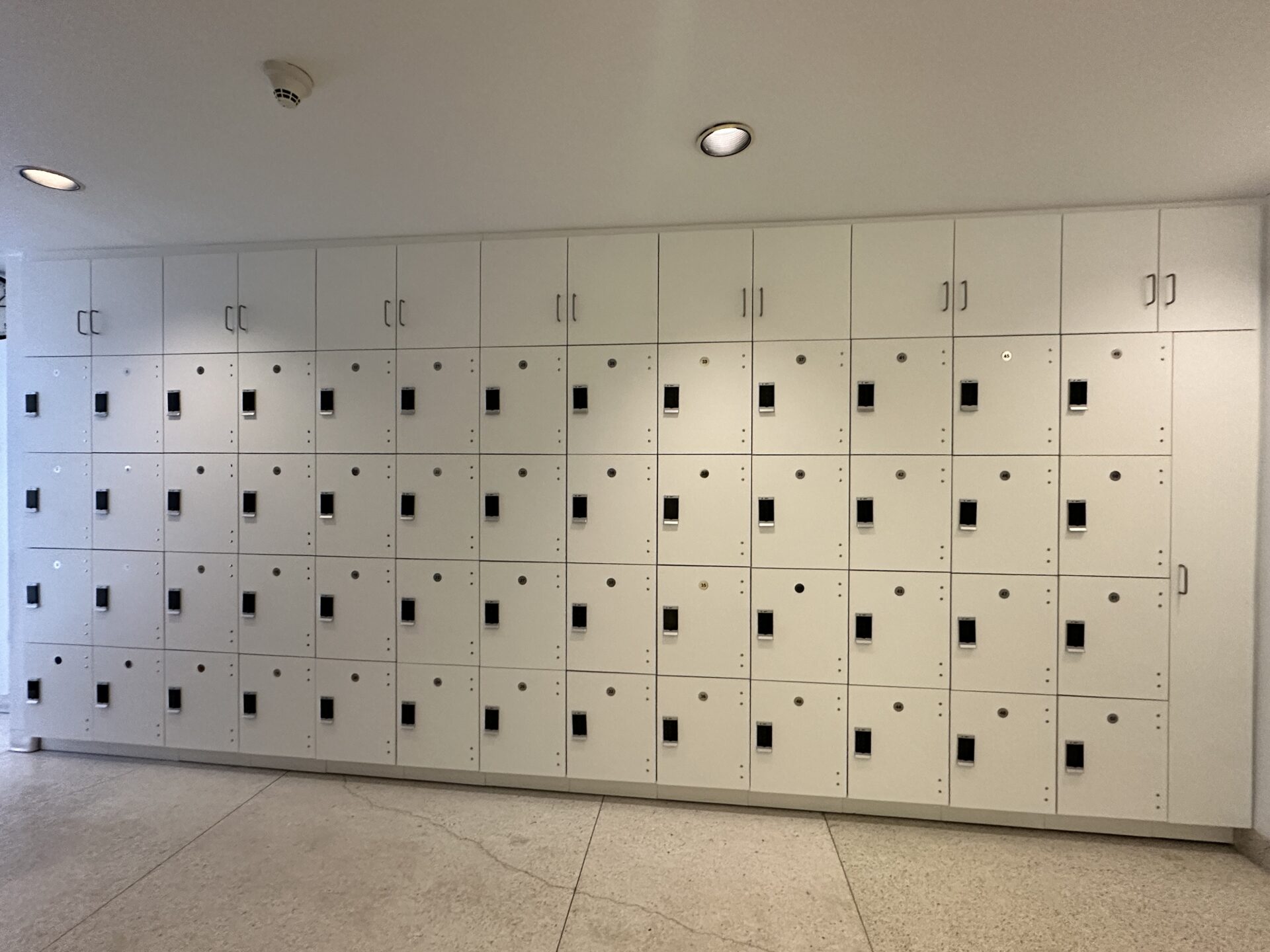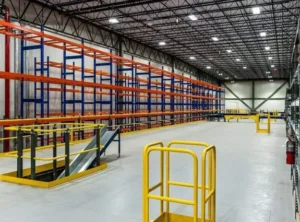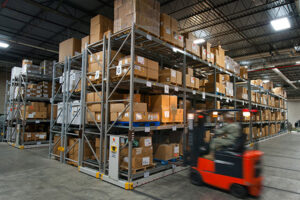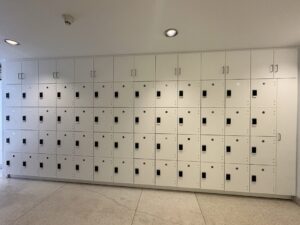Warehouses and industrial facilities are in the fast lane of transformation. As supply chains grow more complex and e‑commerce demand accelerates, businesses are turning to intelligent solutions that streamline operations, optimize space, and enhance security. One such innovation gaining rapid traction is the smart locker.
In industrial and warehouse settings, smart lockers aren’t just convenient—they’re powerful tools that boost productivity, accountability, and asset management. Let’s explore the technology, real-world trends, and how Bradford Systems can help you integrate smart locker systems for enduring gains.
Key Market Trends Driving Smart Locker Adoption
Warehouse Automation & Industry 4.0
Smart warehouses employ IoT sensors, robotics, AR-based picking, and AI planning to improve accuracy, speed, and decision-making. Smart lockers integrate perfectly—they digitize asset signout, eliminate key tracking, and reduce manual handling.
Asset Tracking & Regulatory Compliance
Modern industries demand total oversight—from cradle to grave—on tools, PPE, medical payloads, and evidence. Smart lockers track individual asset usage, maintenance needs, and generate full audit trails automatically .
In regulated industries like pharma, public safety, and aerospace, they help meet compliance rigor without manual logs.
Data-Driven Optimization
Locker usage generates digital data: access timings, asset usage trends, locker occupancy—fueling insights that help optimize layouts, asset counts, and workflows.
Security & Contactless Access
Keyless access via PINs, RFID or biometrics not only enhances security—it also supports 24/7, contactless operations—vital in modern warehouse workflows.
Benefits of Smart Lockers in a Warehouse Setting
Smart lockers deliver clear operational ROI:
- Reduced Manual Labor & Downtime: Automated check-in/out eliminates the need for manual logs or key handling. Staff save time and avoid disruptions.
- Better Asset Control & Loss Prevention: Track each item’s user, time, and duration. Alerts for missing or overdue assets reduce shrinkage and theft.
- Improved Accountability & Compliance: Automatic logs, locked compartments, and controlled access support accountability and industry compliance.
- Optimized Space Usage: Smart lockers fit narrow aisles and can be wall-mounted, maximizing floor space. Modular design ensures growth without costly reconfiguration.
- Data Analytics & Resource Planning: Locker systems provide usage metrics that inform restocking, asset lifecycle decisions, and workflow design.
- 24/7 Contactless Access: Workers can get what they need anytime—reducing bottlenecks and allowing night-shift autonomy.
- Integration with Warehouse Systems: Smart lockers connect via API to WMS, ERP, access control, and HR systems for seamless management and reporting.
Components of a Smart Locker System
a smart locker setup includes:
- Locker Hardware: Strong, customizable modules with variable compartment sizes
- Access Control: Keypad, RFID fob, biometrics
- Software Layer: Locker OS, user/admin portals, analytics dashboard
- Integration APIs: Syncs with WMS, HR/IT, mobile device software
- Power & Environment: Internal LED, device charging, optional climate control
- Security Tech: Tamper sensors, cameras, encrypted logs
Conclusion
For industrial and warehouse operations, smart lockers offer far more than storage—they provide automation, security, zero-loss accountability, and scalable workflow enhancements. As supply chains get smarter, locker stations become critical nodes in the digital transformation journey.
With Bradford Systems, you’re not just installing lockers; you’re building a smarter, safer, data-driven ecosystem that reduces waste, increases productivity, and supports your business as it grows.
